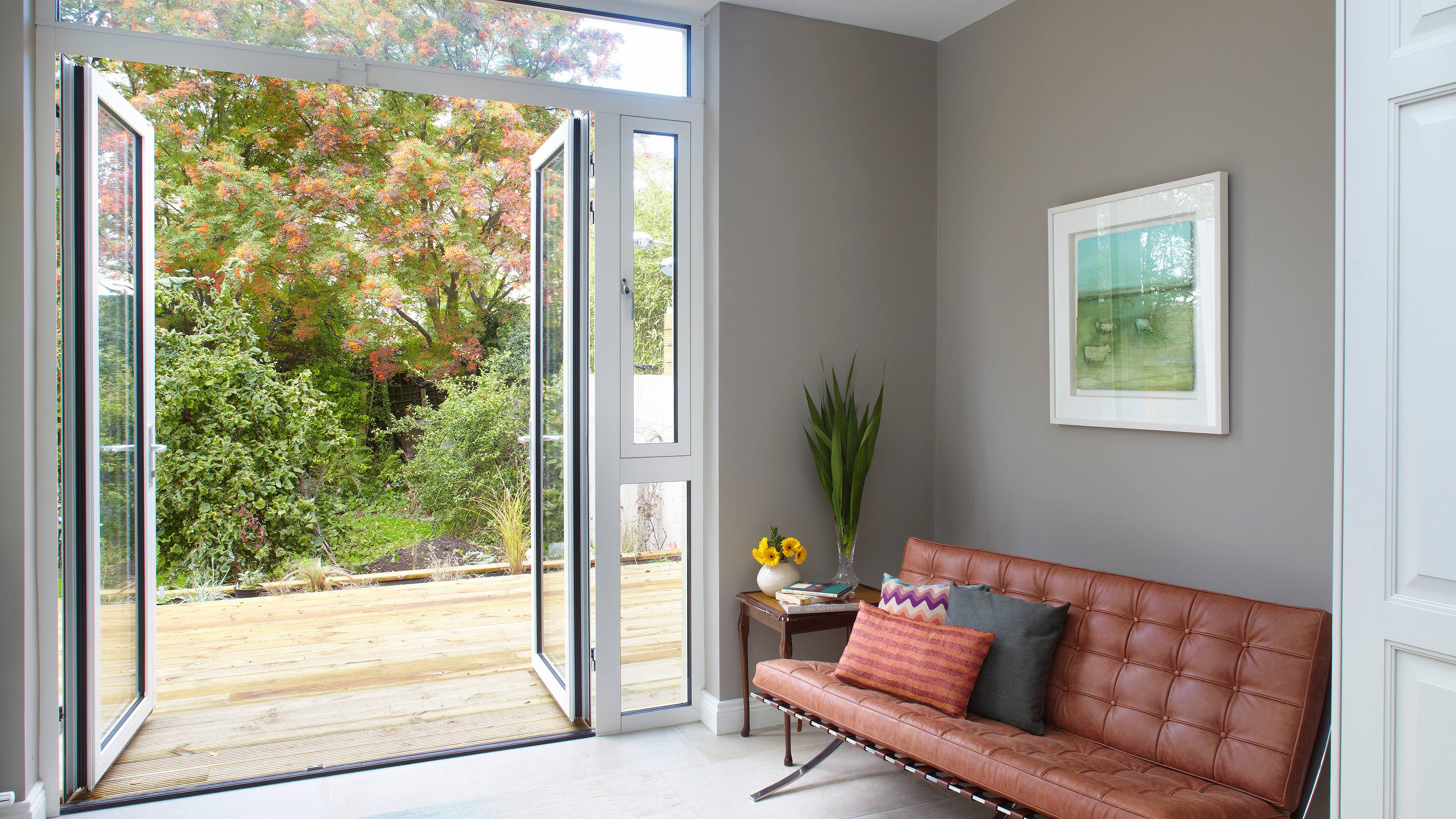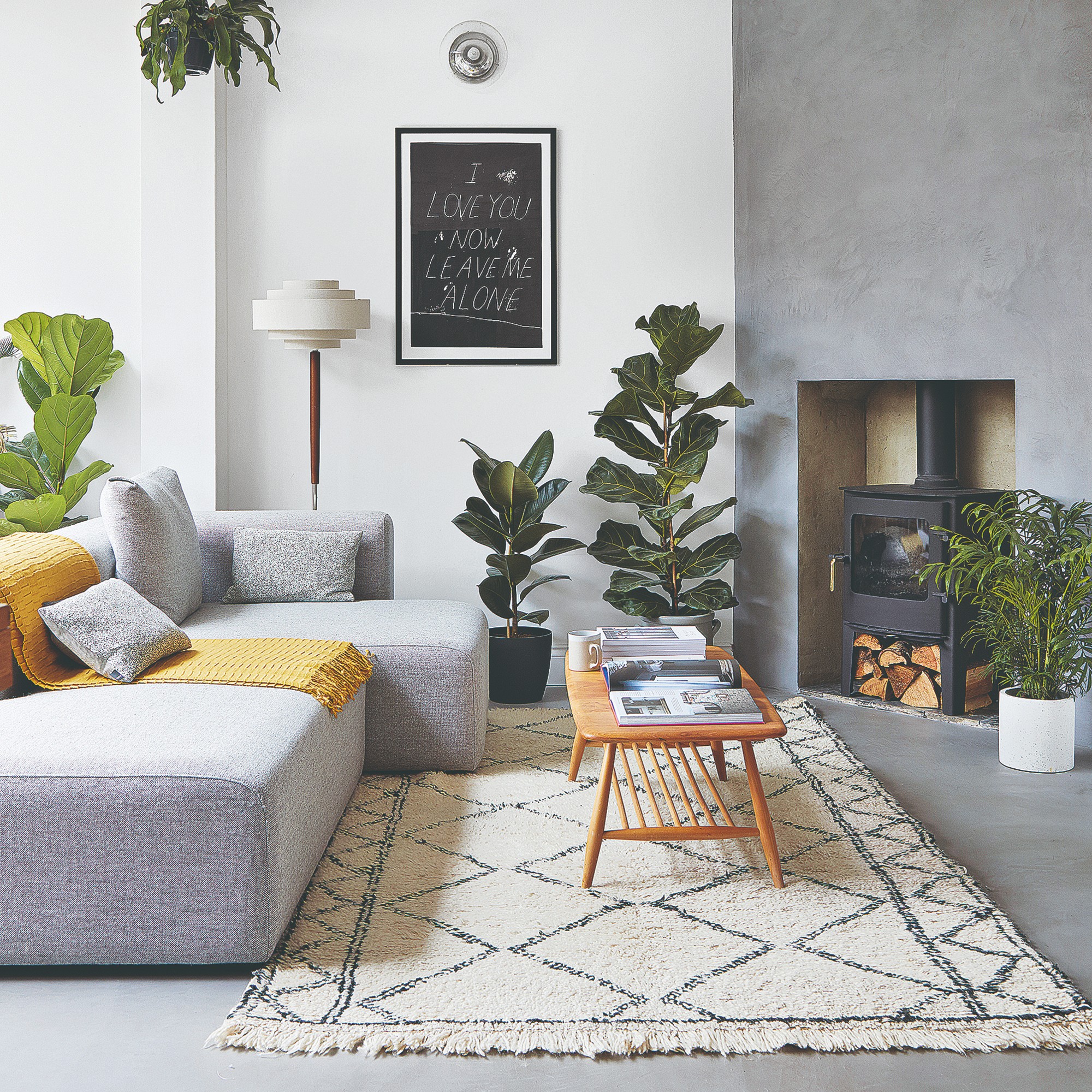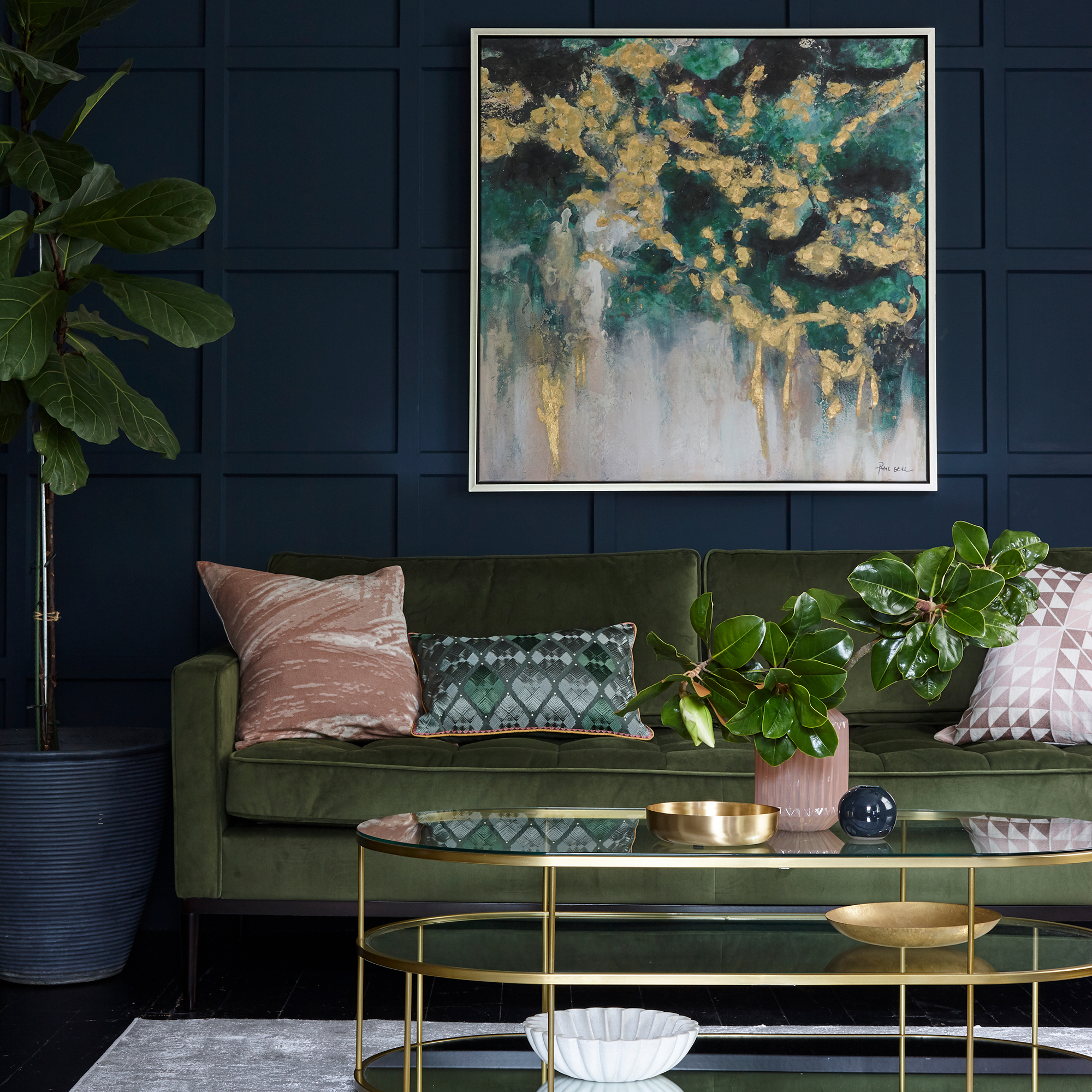5 reasons you should think twice before buying a faux leather sofa, according to experts
If you want a sofa that lasts, faux leather probably shouldn’t be your first choice…


It’s no secret that faux leather sofas are cheaper than real leather sofas, but does a lower price come at a much higher cost? Below, we’ve put together five reasons why you shouldn’t buy a faux leather sofa to help you decide if it is the right sofa material for you.
Finding the best sofa can be difficult. If you want to bring your living room ideas to life, you need to choose the right style, opt for the perfect colour, and find the best place to buy a sofa. And while we appreciate the option to invest in a faux leather sofa, it’s important to understand what you’re getting into if you choose this faux fabric.
Of course, that doesn’t mean that you should go for a leather sofa instead. Whether you opt for a velvet sofa or polyester sofa, we happen to think that the benefits of these alternative fabrics outweigh the negatives of a faux leather sofa.
5 reasons not to buy a faux leather sofa
In order to understand the pros and cons of faux leather sofas, we’ve spoken with some of the best experts in the interior industry to get their takes. And below, you’ll find some of the reasons why they’d suggest staying away from faux.
1. General wear and tear is very obvious
Although faux leather is a great alternative for animal-conscious individuals looking to stray away from real leather, it’s not as durable as you’d think.
In general, faux leather sofas are made from a fabric backing that’s then covered in a plastic film. And while this plastic film mimics the smooth texture of real leather, it’s also incredibly thin.
This makes general wear and tear extremely obvious. The film can easily crack, tear, and peel, and this will ultimately affect the overall appearance of the faux leather sofa.
Sign up to our newsletter for style inspiration, real homes, project and garden advice and shopping know-how
Annah Kelly, Styling Expert for Bridgman, explains, ‘Faux leather sofas offer an affordable alternative to genuine leather. While they aim to replicate the look of genuine leather at a lower cost, durability may not match up over time, and signs of wear like peeling or cracking could appear. Stain resistance could also vary, and spillages may pose challenges.’
‘Affordability is a clear advantage, but it's wise to weigh this against potential long-term trade-offs in durability and comfort.’
Of course, this wear and tear will get even worse the more you use the sofa, which can be an issue for those with wriggly children, pets with sharp claws, or a busy lifestyle. Not only that, but the film can also become brittle when exposed to UV rays, which can also speed up the degradation of the sofa.

2. Faux leather lacks personality
The aim of faux leather is to mimic real leather without the high price point. But one thing about leather sofas - faux or real - is that they lack personality and versatility.
While some people love the classic brown and tan colouring of a faux leather sofa, others find that the colour options aren’t up to modern-day standards. In fact, according to the sofa colour trends of 2024, big and bold colours are in and boring colours are out.
Sure, you can add some spice to your faux leather sofas with colourful cushions and throws, but with more and more homeowners choosing to make their sofa a statement in their living room, faux leather colours and styles just aren’t cutting the mustard.

3. The material is not very breathable
Have you ever tried sitting on a faux leather sofa on a hot day? As faux leather sofas are essentially covered in plastic, they’re not breathable in the slightest.
‘If you live in a hot environment, faux leather sofas can become sweaty and sticky, making them particularly uncomfortable to sit on,’ explains Margaret Larson from Sustainable Furniture. ‘Similarly, faux leather can often lack cosiness and can be cold to the touch during the winter months'.’
If you’re looking for a sofa that offers more breathability, real leather or a material such as velvet will allow you to sit comfortably, no matter whether it’s the height of summer or the depths of winter.
4. You’ll struggle to get comfortable
While we all want our living rooms to look pristine, it’s important to remember that your lounge is also a usable space - and you need to be comfortable. Because of this, it’s important to invest in a sofa that will be comfortable to sit on for hours on end.
This comfortability is often hard to find in faux leather sofas, as the fabric is often hard and sturdy. Plus, unlike real leather, which gets softer over time, faux leather will remain hard and uncomfortable for years on end, and you won’t have the ability to ‘break it in.’
Stephany Aubrey, Brand Specialist at Zinus, says, ‘There are definite pros to both faux-leather and fabric sofas. However, one that is always spoken about is the comfort of a fabric sofa over leather.’
‘A fabric sofa generally gives more comfort, unlike a leather sofa, which can be a little more rigid!’

5. Faux leather will never be real leather
If you’re buying a faux leather sofa with the intention of looking like real leather, there’s no doubt that this can work in your favour for a little while. However, it’s important to note that faux leather will never be real leather - no matter how well-made or expensive it is.
Real leather ages extremely well and looks even more expensive the older it gets. The patina seems to get shinier and more supple with age, and even the colour seems to change for the better. And it’s this stylish ageing process that makes leather sofas such a popular choice for home libraries, offices, and traditional living rooms.
But faux leather isn’t like real leather and doesn’t go through the same ageing process. This means that, after a while, it might not even look like real leather at all.
FAQs
Is faux leather good for a sofa?
If your intention is to buy a leather-looking sofa with a smaller budget, a faux leather sofa could suit you perfectly. It’s easy to clean and looks almost identical to the real thing.
However, it’s important to remember that faux leather isn’t real leather. It’s considered to be less durable than the real thing and isn’t as comfortable.
How long will a faux leather sofa last?
If you buy a high-quality faux leather sofa, it should last between 2 to 5 years. This is considerably less than a fabric or real leather sofa, which will generally last between 7 and 15 years.
So, what side are you on? Are you still Team Faux?

Lauren Bradbury has been the Content Editor for the House Manual section since January 2025 but worked with the team as a freelancer for a year and a half before that. She graduated with a Bachelor’s degree in English and Creative Writing from the University of Chichester in 2016. Then, she dipped her toe into the world of content writing, primarily focusing on home content. After years of agency work, she decided to take the plunge and become a full-time freelancer for online publications, including Real Homes and Ideal Home, before taking on this permanent role. Now, she spends her days searching for the best decluttering and cleaning hacks and creating handy how-to guides for homeowners and renters alike, as well as testing vacuums as part of her role as the Ideal Home Certified Expert in Training on Vacuums, having spent over 110 hours testing different vacuum models to date!